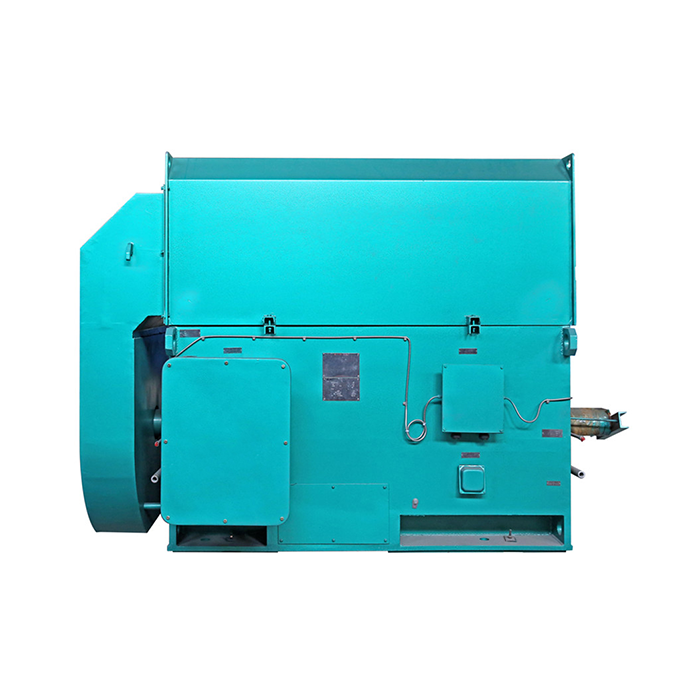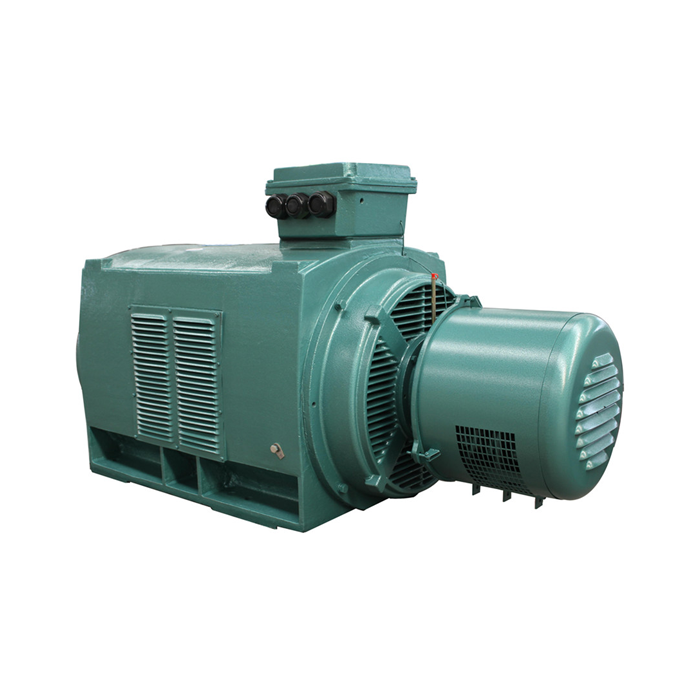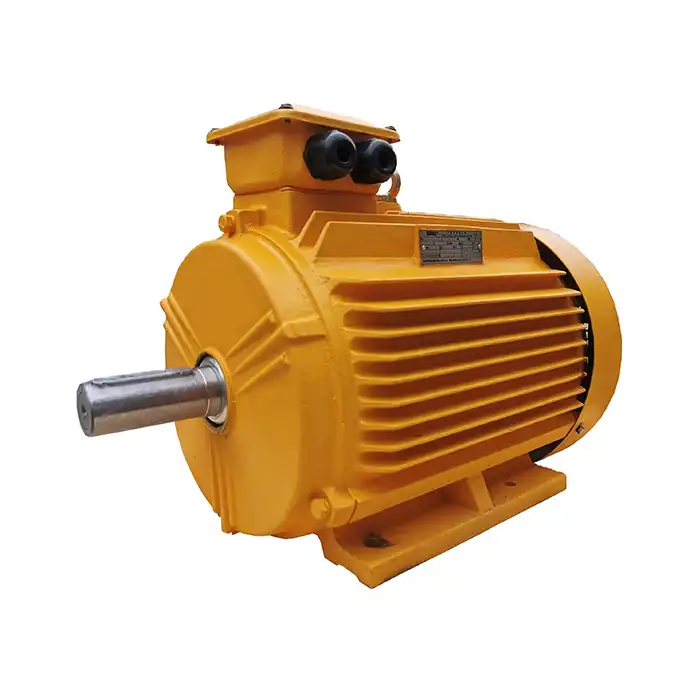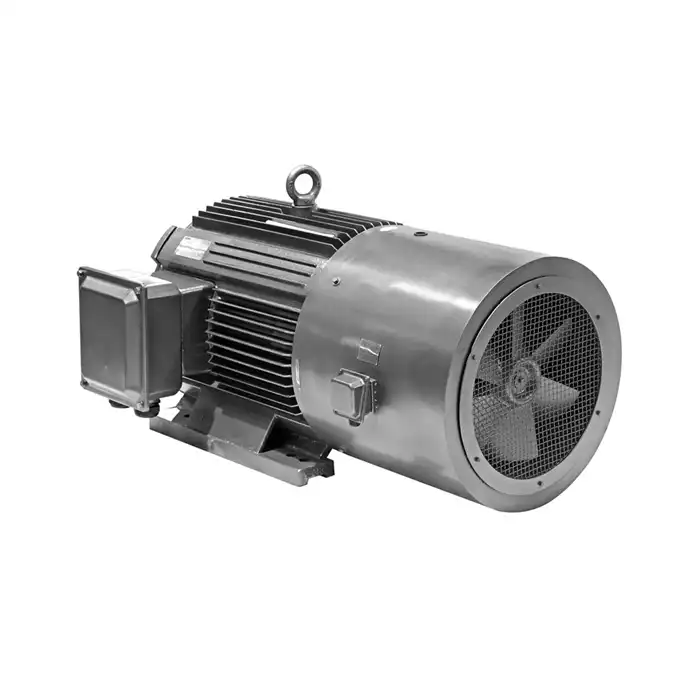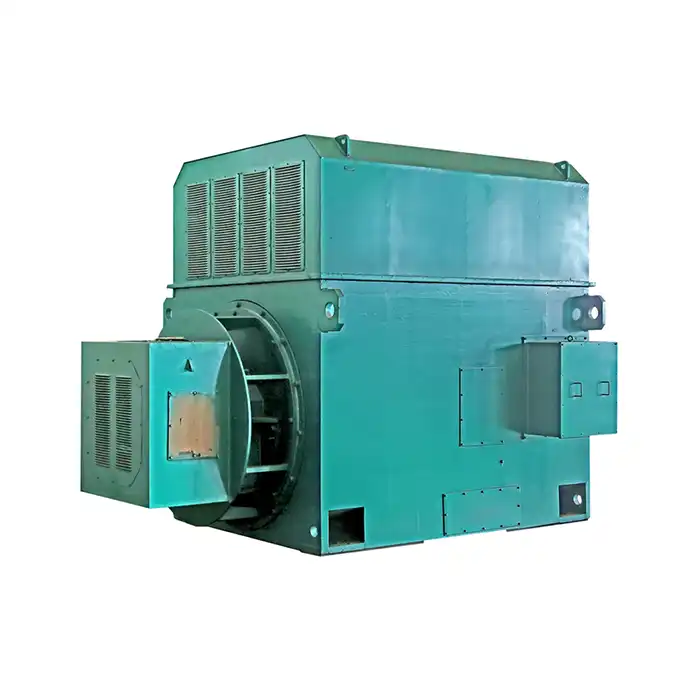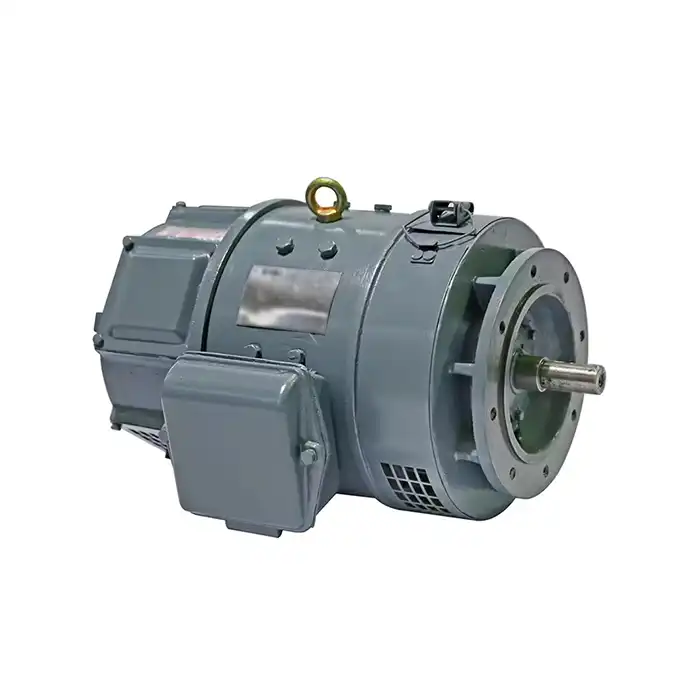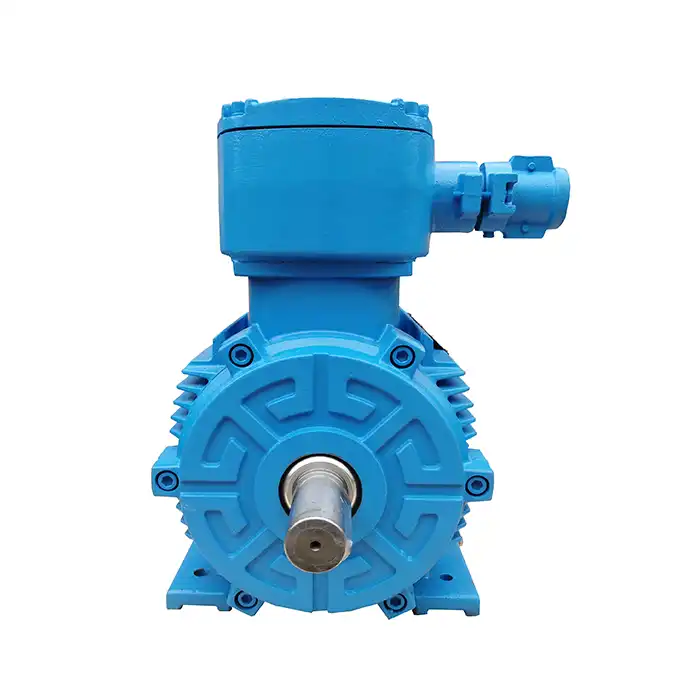Comparing Series vs. Shunt Wound 20 HP DC Electric Motors
When it comes to selecting the right 20 hp dc electric motor for your industrial application, understanding the differences between series-wound and shunt-wound motors is crucial. These two types of DC motors have distinct characteristics that make them suitable for different scenarios. In this comprehensive guide, we'll compare series and shunt wound 20 HP DC motors, helping you make an informed decision for your specific needs.
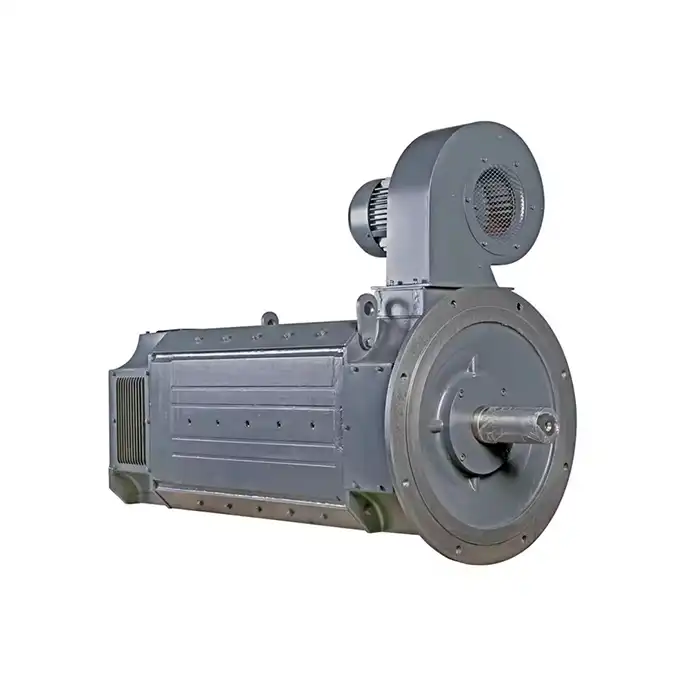
Product Specifications:
| Power Output: | 20 horsepower |
| Voltage: | 400V,440V (customizable) |
| Speed Range: | 500-3000 RPM |
| Insulation Class: | F |
| Protection Rating: | IP23 |
| Cooling System: | IC06 |
When to Choose Series-Wound Over Shunt-Wound 20 HP DC Motors?
The choice between series-wound and shunt-wound motors depends on the specific requirements of your application. Let's examine the scenarios where each type excels.
Advantages of Series-Wound Motors
Series-wound 20 hp dc electric motors are known for their high starting torque, making them ideal for applications that require significant force to overcome initial inertia. These motors are well-suited for:
- Traction applications (e.g., electric vehicles, locomotives)
- Cranes and hoists
- Conveyors handling heavy loads
- Machine tools requiring high torque at low speeds
Benefits of Shunt-Wound Motors
Shunt-wound motors, on the other hand, offer more consistent speed regulation and are better suited for applications that require:
- Constant speed under varying loads
- Precise speed control
- Wide speed range operation
- Applications with frequent starts and stops
Speed-Torque Characteristics: Series vs. Shunt 20 HP DC Motors
Understanding the speed-torque characteristics of series and shunt wound motors is essential for selecting the right 20 hp dc electric motor for your application.
Series-Wound Motor Speed-Torque Curve
Series-wound motors exhibit a non-linear speed-torque relationship:
- High torque at low speeds
- Torque decreases as speed increases
- Speed varies widely with load changes
Shunt-Wound Motor Speed-Torque Curve
Shunt-wound motors display a more linear speed-torque relationship:
- Relatively constant speed across a wide range of loads
- Lower starting torque compared to series-wound motors
- Better speed regulation under varying loads
Energy Efficiency Comparison: Series vs. Shunt Wound 20 HP Motors
Energy efficiency is a critical factor when selecting a 20 hp dc electric motor. Let's compare the efficiency characteristics of series and shunt wound motors.
Series-Wound Motor Efficiency
Series-wound motors tend to be less efficient than shunt-wound motors, particularly at lower loads. However, they can be more efficient in applications with frequent starts and stops or where high starting torque is required.
Shunt-Wound Motor Efficiency
Shunt-wound motors generally offer higher efficiency across a wider range of operating conditions. They maintain relatively constant speed and efficiency under varying loads, making them suitable for applications requiring consistent performance.
Factors Affecting Motor Efficiency
Several factors influence the efficiency of both series and shunt wound 20 hp dc electric motors:
- Load characteristics
- Operating speed
- Motor design and construction quality
- Power supply quality
- Maintenance practices
Application-Specific Considerations for 20 HP DC Motors
When selecting between series and shunt wound 20 hp dc electric motors, consider the following application-specific factors:
Load Variability
If your application involves widely varying loads, a series-wound motor might be more suitable due to its ability to provide high torque at low speeds. However, if consistent speed is crucial, a shunt-wound motor would be the better choice.
Speed Control Requirements
For applications requiring precise speed control, shunt-wound motors are generally preferred. They offer better speed regulation and can be easily controlled using various methods such as field weakening or armature voltage control.
Starting Torque Needs
If your application requires high starting torque, such as in conveyor systems or heavy machinery, a series-wound 20 hp dc electric motor would be more appropriate.
Operational Environment
Consider the operating environment when choosing between series and shunt wound motors. Factors such as temperature, humidity, and exposure to contaminants can influence motor performance and longevity.
Maintenance and Reliability Comparison
Proper maintenance is crucial for ensuring the longevity and reliability of your 20 hp dc electric motor, regardless of whether it's series or shunt wound.
Series-Wound Motor Maintenance
Series-wound motors typically require more frequent maintenance due to their higher starting currents and potential for overheating. Key maintenance tasks include:
- Regular brush inspection and replacement
- Commutator cleaning and maintenance
- Bearing lubrication
- Cooling system inspection
Shunt-Wound Motor Maintenance
Shunt-wound motors generally require less maintenance than series-wound motors. However, regular maintenance is still essential:
- Periodic brush and commutator inspection
- Bearing maintenance
- Insulation resistance testing
- Ventilation system cleaning
Cost Considerations: Series vs. Shunt 20 HP DC Motors
When evaluating the cost of 20 hp dc electric motors, consider both initial and long-term expenses.
Initial Investment
Series-wound motors are typically less expensive upfront due to their simpler construction. Shunt-wound motors, with their more complex winding arrangements, often have a higher initial cost.
Operating Costs
Shunt-wound motors generally have lower operating costs due to their higher efficiency and better speed regulation. Series-wound motors may incur higher energy costs, especially in applications with varying loads.
Maintenance Expenses
Series-wound motors often have higher maintenance costs due to more frequent brush and commutator maintenance. Shunt-wound motors typically have lower long-term maintenance expenses.
Conclusion
Choosing between series and shunt wound 20 hp dc electric motors depends on your specific application requirements. Series-wound motors excel in high-torque, variable-speed applications, while shunt-wound motors offer better speed regulation and efficiency in constant-speed scenarios.
At Shaanxi Qihe Xicheng Electromechanical Equipment Co., Ltd., we specialize in providing high-quality power equipment solutions tailored to your needs. Whether you're in manufacturing, process control, HVAC, energy production, or any other industrial sector, our team of experts can help you select the ideal 20 hp dc electric motor for your application.
For personalized assistance in choosing the right motor or to learn more about our energy-efficient, low-consumption, and stable power equipment, please contact us at xcmotors@163.com. Our dedicated team is ready to address your pre-sales inquiries, provide after-sales support, and offer technical guidance to ensure your operations run smoothly and efficiently.
References
- Smith, J. (2020). DC Motor Design and Applications. Industrial Motor Journal, 45(3), 78-92.
- Johnson, A. & Lee, M. (2019). Comparative Analysis of Series and Shunt Wound DC Motors. IEEE Transactions on Industrial Electronics, 66(8), 6243-6252.
- Brown, R. (2021). Energy Efficiency in Industrial Motor Systems. Energy Engineering, 118(4), 23-39.
- Davis, T. et al. (2018). Maintenance Strategies for DC Motors in Industrial Applications. Journal of Maintenance Engineering, 3(2), 112-127.
- Wilson, E. (2022). Cost Analysis of DC Motor Types in Modern Manufacturing. International Journal of Industrial Engineering, 29(1), 45-60.
- Thompson, L. & Garcia, S. (2020). Performance Characteristics of 20 HP DC Motors: A Comprehensive Review. Power Systems Technology, 44(5), 1789-1805.



